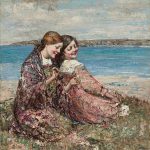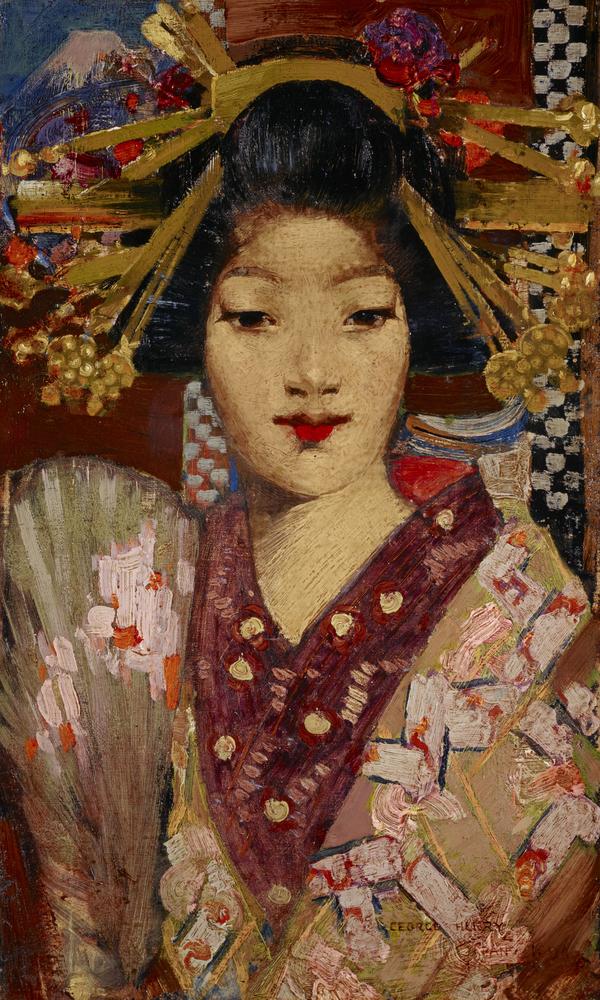
George Henry, a Scottish painter, was born on January 11, 1858, in Irvine, North Ayrshire, Scotland. He emerged as one of the leading figures of the Glasgow School of Art and played a significant role in the development of Scottish art during the late 19th and early 20th centuries.
Great Teachers
Henry’s artistic journey began at the Glasgow School of Art, where he studied under the tutelage of renowned Scottish artists such as Robert Greenlees and James Guthrie. Influenced by the French Impressionist movement and the burgeoning Glasgow art scene, Henry’s early works reflected a blend of realism and impressionism.
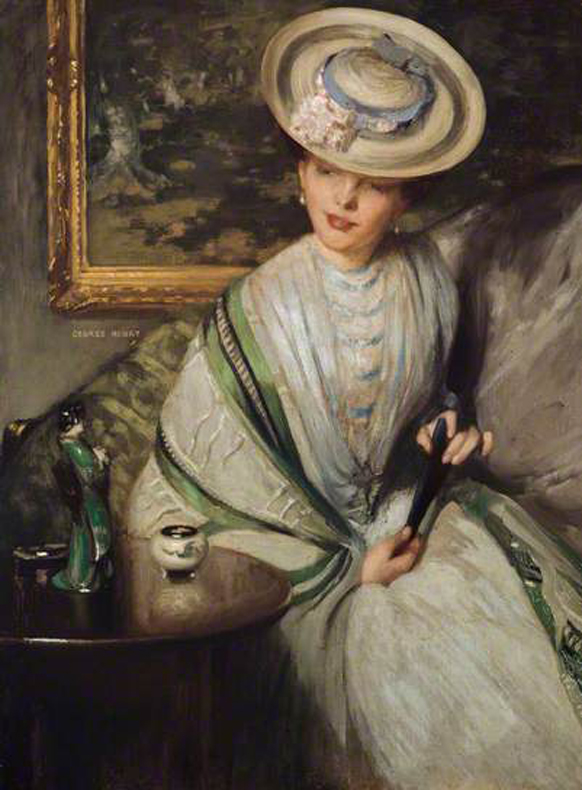
One of Henry’s most enduring themes was his exploration of the human condition and the complexities of modern life. His paintings, such as “The Blue Gown” and “The Orchard,” depicted scenes of everyday life in Scotland with a sense of intimacy and depth. Henry’s ability to capture the nuances of human emotion and interaction endeared him to audiences across Scotland and established him as a leading voice in Scottish art.
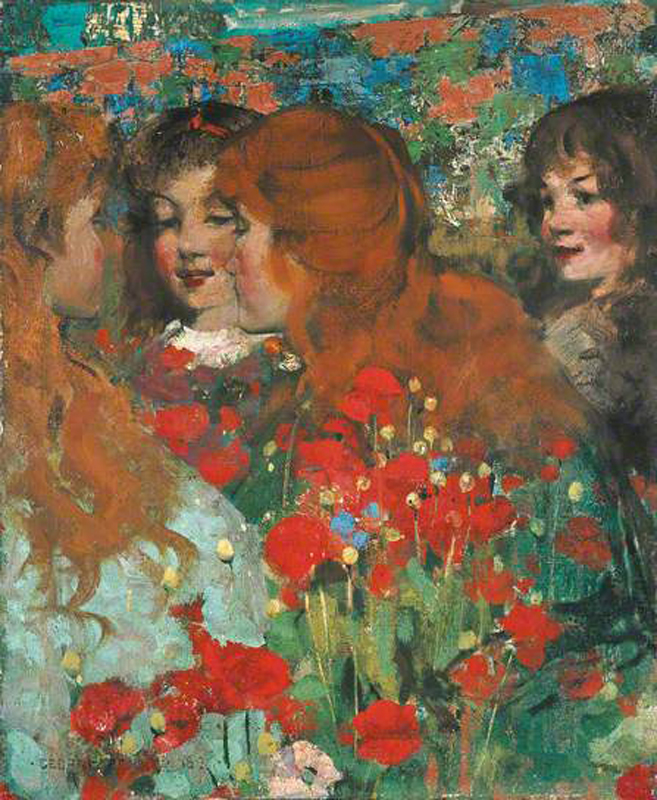
In addition to his paintings, Henry was also known for his portraits, which captured the essence of his subjects with sensitivity and insight. His portraits, such as “Miss Frances Sherborne Ridley Watts” and “The Green Lady,” showcased his mastery of form and his ability to evoke the personality and character of his sitters.
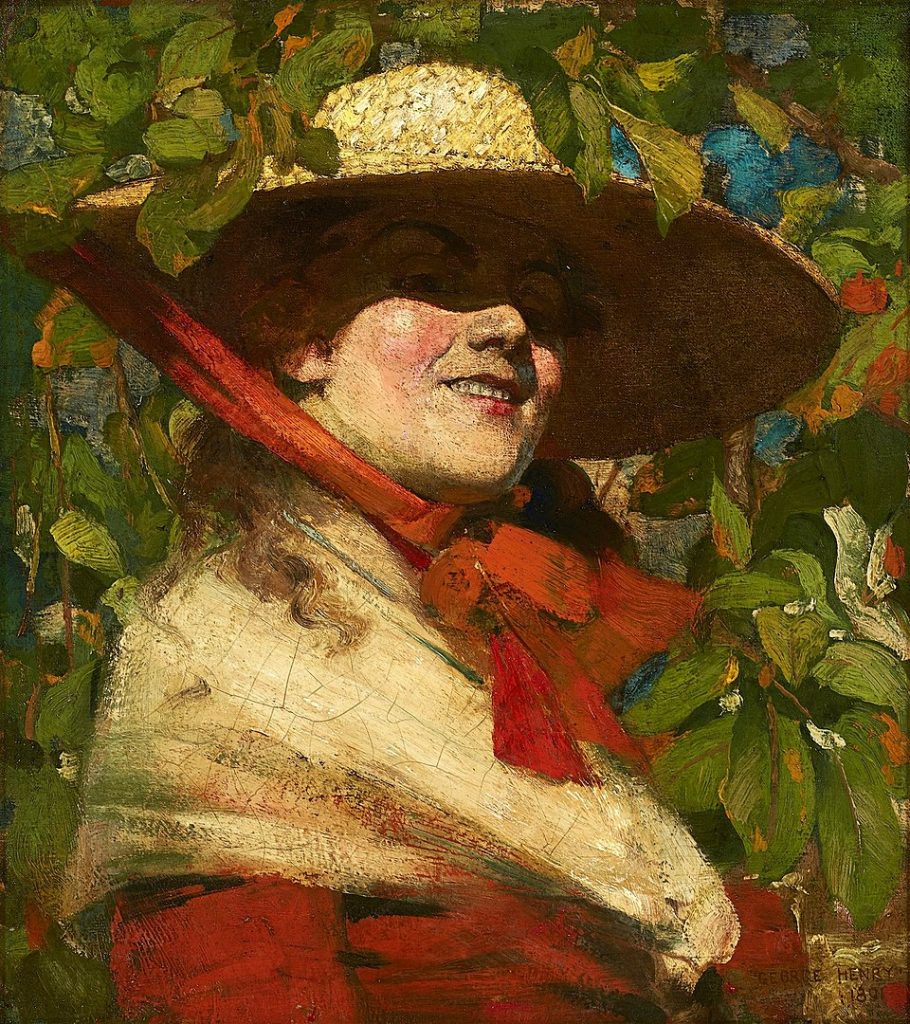
Despite facing personal and professional challenges throughout his life, including struggles with his mental health and financial difficulties later in his career, Henry remained dedicated to his art. His unwavering commitment to artistic expression and his unique perspective earned him widespread acclaim as one of Scotland’s most beloved painters.
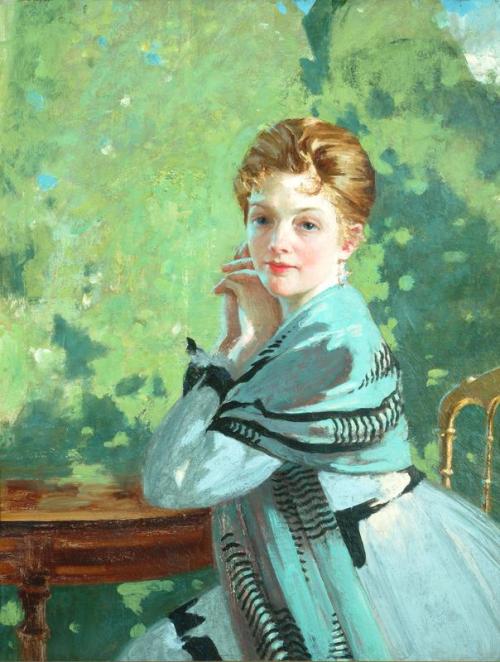
Henry’s legacy continues to resonate in modern-day Scotland, where his paintings are celebrated for their artistic excellence and cultural significance.
Scottish Treasure
His works are featured in museums and galleries across Scotland and are treasured as a testament to the rich heritage and enduring spirit of the Scottish people.
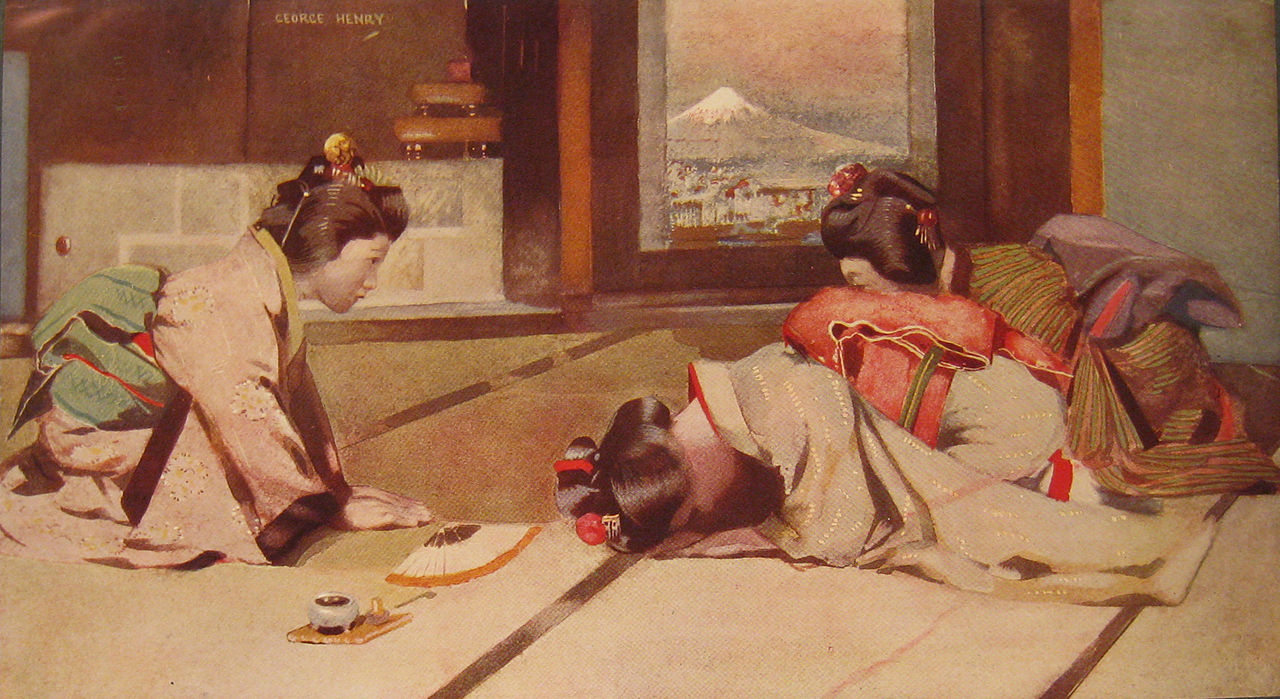
In conclusion, George Henry’s contributions to Scottish art are a testament to his keen insight into the human condition and his ability to capture the beauty and complexity of Scottish life on canvas.
His paintings continue to inspire and captivate audiences, ensuring his place as one of Scotland’s most revered cultural figures.

